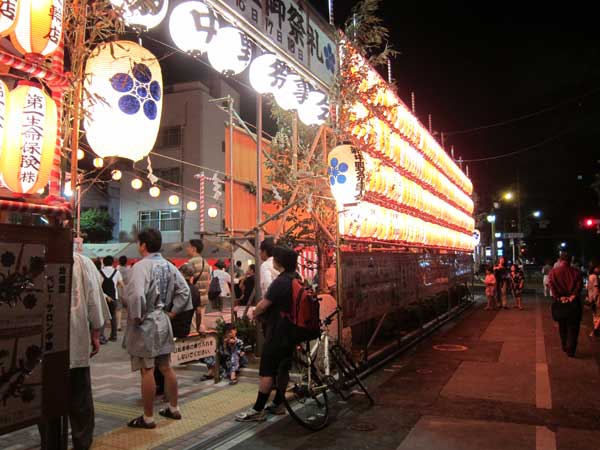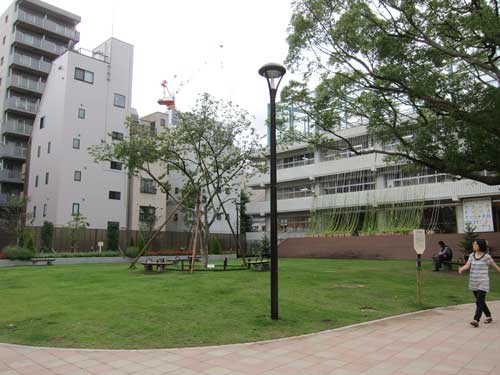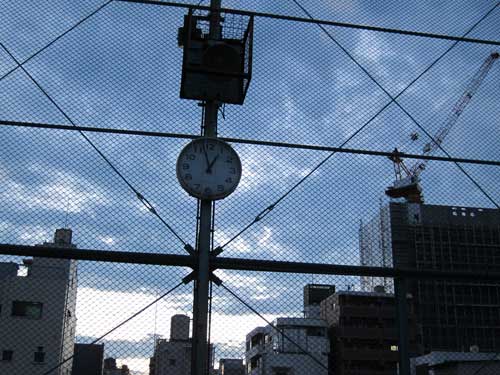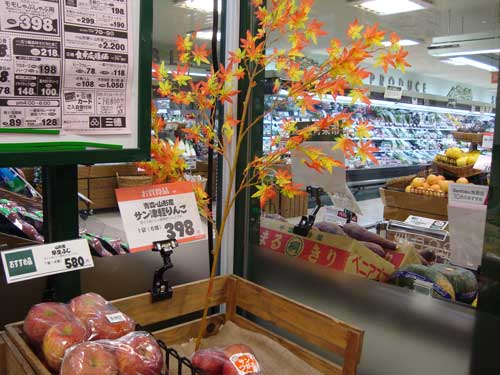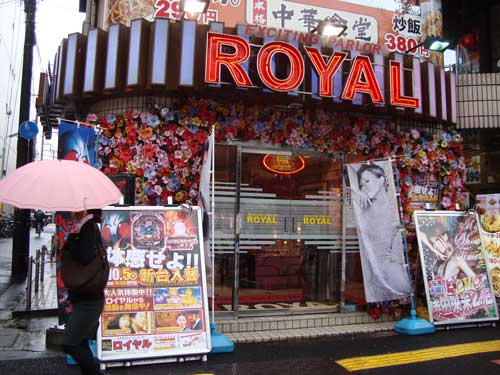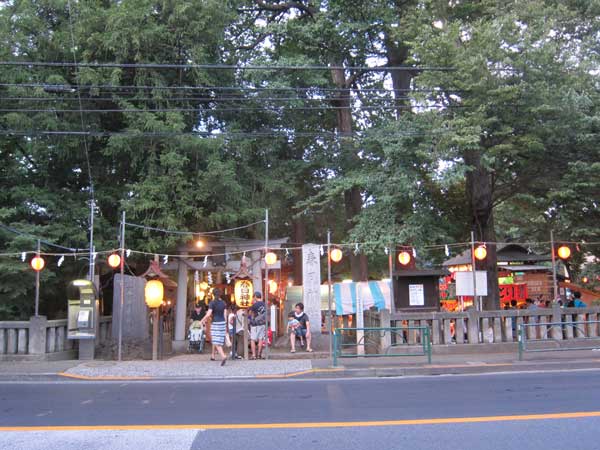
西東京の9月の祭りは、旧街道の住民を繋げます。御神輿やお盆踊りや神社の祭りは地元の神を見えるようにします。秋の祭りも町の人々に農業の周期を思い出させます。音楽や衣装や銀賞や踊りが大好きです。特別の料理、提灯、お年寄りや高校生が集まって、普通の公共空間が生き生きとしてきます。
One of my favorite times in Tokyo are the September festivals, with portable shrine carrying and yukata-clad dancing happening in small groups up and down the main roads that pre-date the west-bound Marunouchi subway and Chuo train line. These photos are from Ome Kaido and Itsukaiichi Kaido.
The fall festivals connect city life with agrarian traditions, and by bringing the shrines into the road they literally bring the local spirits into view. I like the music, the costumes, chanting and dancing. But also the festival food stalls, lanterns, and crowds of seniors and high schoolers.
